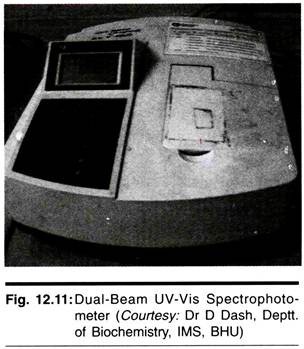ADVERTISEMENTS:
The below mentioned article provides a short note on Ankylostoma Duodenale (Old World Hook).
Life Cycle of Ankylostoma Duodenale (Old World Hook):
Eggs with four blastomeres (Fig. 109.29) in faeces hatch out rhabditiform larva (Fig. 109.23) in soil which develops later into filariform larva (Fig. 109.23, 24), infective to man, enters the skin, blood circulation, breaks out from the pulmonary capillaries, migrate to epiglottis, oesophagus, intestine where they grow into adult worm which lays eggs.
ADVERTISEMENTS:
Clinical Features of Ankylostoma Duodenale (Old World Hook):
In the moderate type, the symptoms are heart burn, flatulence, fullness of the abdomen, and epigastric pain. These are relieved by eating clay, mud or earth (which is known as pica or geophagy). There may be low grade, intermittent fever, lassitude, dyspnoea and palpitation of the heart.
In the severe type, there is constipation or diarrhoea. The skin is dry, harsh and pale yellow. Pot belly is a typical physical sign in children. Finally, there is physical exhaustion, cardiac failure and anasarca.
ADVERTISEMENTS:
Laboratory Diagnosis of Ankylostoma Duodenale (Old World Hook):
Direct demonstration of characteristic egg in the stool; indirectly, blood examination will reveal the nature of anaemia.
Treatment:
Supportive treatment for anaemia. Specific treatment by thiobendazole, mebendazole and current albendazole is very effective.
Prophylaxis:
Personal protection by wearing gloves and boots; disinfection of faeces or soil and prevention of soil pollution; treatment of carrier and whole community is effective prophylaxis.




